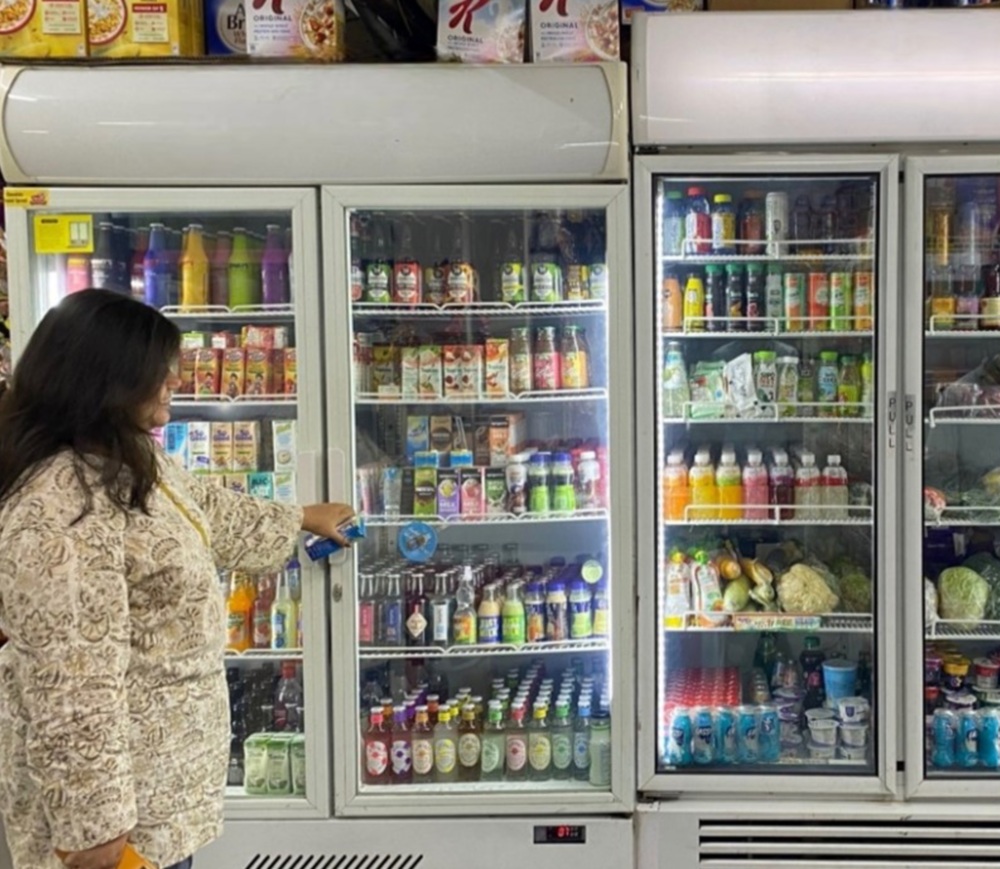Market Assessment Report for Solar Inverters in India
Summary
This report examines the market for grid-connected solar inverters in India. CLASP provided technical assistance to the Bureau of Energy Efficiency to launch an energy efficiency policy for grid-connected solar inverters.
Grid-connected solar inverters make up nearly 80% of the rapidly growing solar photovoltaic (PV) market in India.
A solar module, also known as a solar panel, is a collection of connected solar cells that absorb sunlight to generate electricity. Solar inverters convert the direct current (DC) electricity produced by these panels into alternating current (AC) electricity.
Energy-efficient solar inverters are crucial for optimal performance, reductions in CO2 emissions, and cost savings, which can be achieved by adhering to energy efficiency guidelines or standards. To further enhance the efficiency of solar PV systems, India’s Bureau of Energy Efficiency, supported by CLASP, plans to introduce an endorsement label for grid-connected solar inverters.
Market analysis conducted by CLASP, along with insights from major manufacturers and research organizations such as the National Institute of Solar Energy (NISE) provided the following insights:
- The market size of solar inverters was 2,520 MW in FY 2022–2023. Grid-connected solar inverters without storage dominated the market (80%), followed by off-grid solar and hybrid inverters.
- Based on the information received from manufacturers, the solar inverters market is expected to reach INR 9,352 crore (USD 1.1 million) by 2026, with a projected CAGR of 14.4% from 2020 to 2026.
- The analysis revealed that models with a rated output power capacity of 1–10 kW accounted for nearly 63% of the market.
- According to the interviewed manufacturers, single-phase solar inverters are more common up to the 5 kW segment, while three-phase solar inverters are more common for higher capacities.
BEE has launched the labeling program for grid-connected solar inverters under voluntary phase, with validity from 15th March, 2024 till 31st December, 2025.
The program could lead to potential energy savings of 21.1 billion kWh and a reduction in CO2 emissions by 15.1 million tons from 2024–2025 to 2033–2034.









